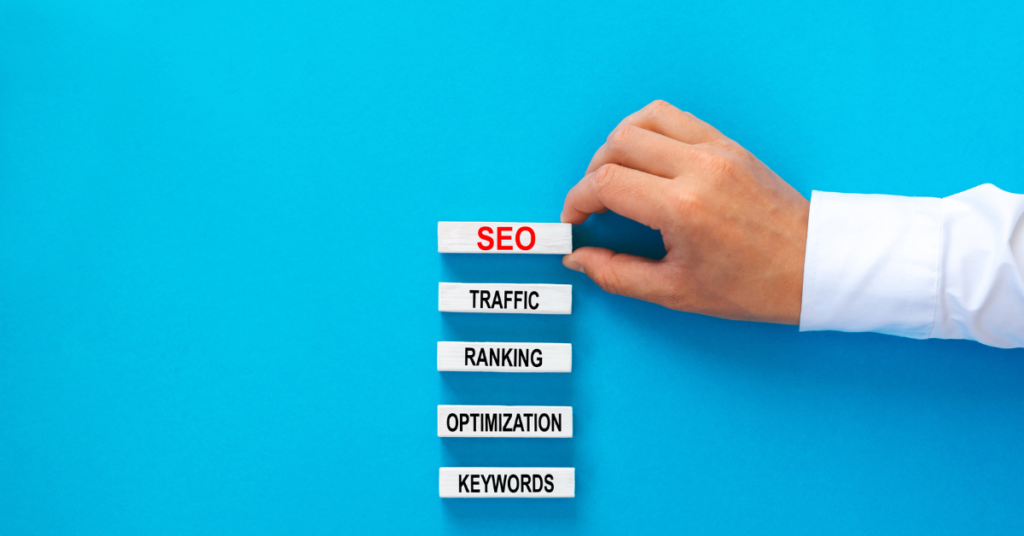In the ever-evolving landscape of Amazon, it’s crucial for sellers to utilize effective marketing and ranking strategies to stand out from the competition. Two powerful tools at your disposal are Amazon SEO (search engine optimization) and Amazon PPC (Pay-Per-Click). While these tactics may seem distinct, they actually work in harmony to propel your products to the top and increase sales. In this comprehensive guide, we’ll explore the relationship between SEO and PPC, how they can be leveraged individually and together, and provide practical tips to optimize your campaigns on Amazon.
Understanding Amazon SEO and PPC
Before diving into the synergistic relationship between SEO and PPC, it’s important to understand the fundamental differences between the two strategies. Amazon SEO refers to a set of proven practices used to optimize your product listing for organic ranking on relevant search terms. It involves refining various elements of your product detail page, such as the product title, images, bullet points, product description, and back-end keywords, to align with Amazon’s algorithm and increase visibility.
On the other hand, Amazon PPC is an advertising model that allows sellers to market their products and generate paid traffic. With PPC, sellers bid on keywords and pay when their ads are clicked. These ads appear at the top of search results, providing immediate visibility and potential sales.
While SEO focuses on long-term organic ranking, PPC offers instant traction and drives immediate results. Both strategies have their unique advantages and can be powerful when used in conjunction.
The Benefits of Combining SEO and PPC
SEO and PPC are often seen as competing strategies, but when integrated effectively, they can amplify each other’s impact and drive remarkable results. Here are some key benefits of combining SEO and PPC on Amazon:
1. Increased Visibility and Sales
By leveraging both SEO and PPC, you can maximize your product’s visibility on Amazon. SEO ensures that your product appears organically in relevant search results, while PPC allows you to secure top positions in search rankings through paid ads. Having dual visibility increases your chances of attracting potential customers and driving sales.
2. Keyword Optimization and Testing
One of the significant advantages of PPC is its ability to provide valuable insights into keyword performance. By running PPC campaigns, you can identify high-performing keywords that drive conversions and sales. These insights can then be used to optimize your SEO strategy, ensuring that you target the most relevant and effective keywords for your product listing.
3. Enhanced Conversion Rate and Sales
SEO optimization focuses on improving the visual aspects and copywriting of your product listing, which in turn helps to increase your conversion rate. By optimizing your product title, images, bullet points, and product description, you can provide clear and compelling information to potential buyers, instilling confidence and driving them to make a purchase. PPC ads, on the other hand, offer immediate visibility and can lead to immediate conversions, helping to boost your overall sales.
4. Cost Optimization and Improved ROI
While PPC campaigns require a budget, they can be strategically managed to optimize costs and improve return on investment (ROI). By continuously refining your PPC campaigns and targeting high-converting keywords, you can reduce ad spend and increase your organic sales. As your organic ranking improves, the reliance on paid advertising decreases, resulting in lower overall advertising costs.
5. Comprehensive Market Insights
When SEO and PPC strategies are combined, you gain a comprehensive understanding of your market and target audience. SEO provides valuable insights into organic search trends, customer preferences, and competitor analysis. PPC campaigns, on the other hand, offer real-time data on keyword performance, customer behavior, and conversion rates. By analyzing data from both strategies, you can refine your overall marketing approach and make informed decisions to optimize your Amazon presence.
Optimizing Your Product Listing with SEO and PPC
Now that we understand the benefits of combining SEO and PPC, let’s delve into practical tips for optimizing your product listing on Amazon.
1. Front-End Optimization
Front-end optimization involves enhancing the visual aspects of your product listing to make it more appealing and informative to buyers. This includes optimizing the product title, images, bullet points, product description, and A+ content.
- Product Title: Craft a concise and keyword-rich product title that accurately describes your product’s key features and benefits.
- Images: Use high-quality images that showcase your product from various angles and highlight its unique selling points.
- Bullet Points: Create clear and concise bullet points that highlight the key features and benefits of your product. Include relevant keywords naturally within the bullet points.
- Product Description: Write a compelling and informative product description that provides detailed information about your product, its uses, and benefits. Use keywords naturally throughout the description.
- A+ Content: If eligible, leverage A+ content to enhance your product listing with additional images, videos, and enhanced product descriptions.
2. Back-End Optimization
Back-end optimization involves providing relevant information about your product to Amazon’s algorithm. This information is not visible to customers but plays a crucial role in search ranking.
- Keywords: Conduct thorough keyword research to identify high-volume and relevant keywords for your product. Incorporate these keywords in the back-end section of your product listing to improve search visibility.
3. PPC Campaigns and Keyword Testing
Running PPC campaigns can provide valuable insights into keyword performance and help optimize your overall marketing strategy. Here are some tips for leveraging PPC campaigns:
- Keyword Research: Use PPC campaigns to identify high-performing keywords. Test different keywords and monitor their performance, focusing on those that drive conversions and sales.
- Ad Copy: Create compelling ad copy that highlights the unique selling points of your product and encourages customers to click on your ad.
- Bid Management: Continuously monitor and adjust your bidding strategy to optimize ad spend and maximize ROI. Focus on high-converting keywords and refine your targeting to reach your ideal audience.
4. Continuous Improvement and Analysis
To achieve optimal results, it’s essential to continually analyze and refine your SEO and PPC strategies. Monitor the performance of your product listing, track keyword rankings, and analyze customer behavior and conversion rates. Use this data to make data-driven decisions and implement improvements to enhance your overall Amazon presence.
Conclusion
In the competitive world of Amazon, leveraging both SEO and PPC strategies is crucial for achieving success. By combining the power of SEO and PPC, you can increase visibility, drive sales, and optimize your overall marketing efforts. Remember to optimize your product listing with front-end and back-end strategies, conduct keyword testing through PPC campaigns, and continuously analyze and refine your approach.
Embrace the synergy between SEO and PPC, and position yourself for Amazon success. With a comprehensive and integrated strategy, you can elevate your brand, reach your target audience, and achieve sustainable growth on the world’s largest e-commerce platform.
Are you ready to unlock the full potential of SEO and PPC on Amazon? Join us on a journey to optimize your product listing and dominate the Amazon marketplace. Let’s embark on this exciting adventure together!





